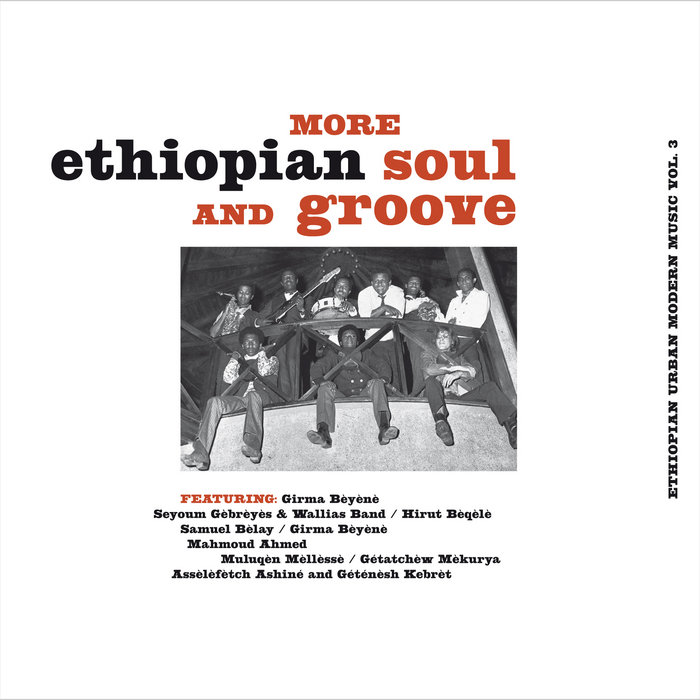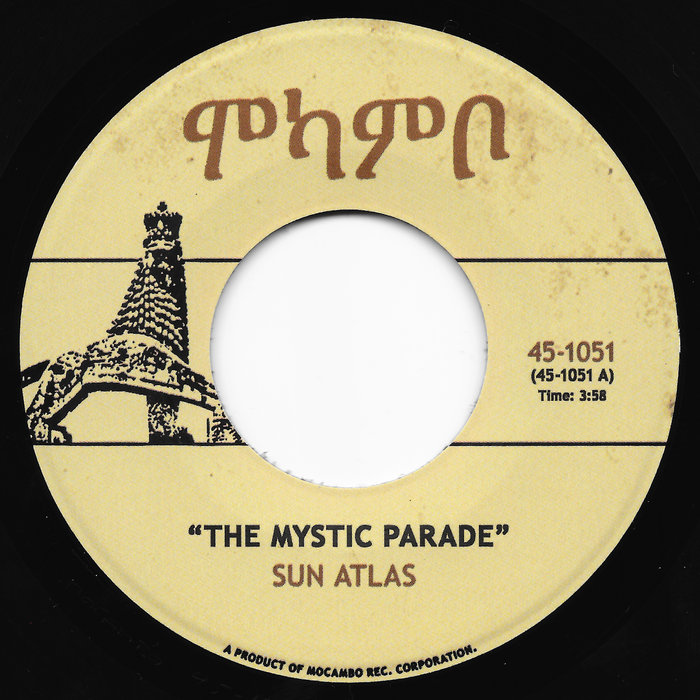
Ené Nègn Bay Manèsh – Girma Bèyènè
this blog is GROOVY – check out great Soul, Funk, Jazz, Hip Hop, Bass, Breaks , Reggae, House n many more TUNES
Ethiopian music has a rich tapestry woven with unique sounds, rhythms, and cultural influences. It’s a genre that dances across time, blending traditional elements with modern twists while keeping its roots firmly planted in the vibrant soil of Ethiopia. So, grab a seat and let’s groove through the history of Ethiopian music!
The story starts way back when civilization began to bloom in the heart of East Africa. Ethiopia is one of the oldest nations on Earth – think thousands of years! The ancient kingdoms were buzzing with musical activity. Instruments like the krar (a six-string lyre) and masenqo (a single-string fiddle) became part of everyday life.
Legend has it that during celebrations, musicians would gather for what was essentially ancient jam sessions. Picture this: kings trying to outplay their royal buddies while citizens cheered them on! If you asked someone for a solo and they messed up? Let’s just say their reputation might have taken quite a hit.
Fast forward to the 4th century when Christianity made its grand entrance into Ethiopia—a big deal since it’s one of the first countries to embrace it! This brought along some ethereal harmonies courtesy of church choirs singing hymns in Ge’ez (the ancient liturgical language).
These sacred tunes laid down an important foundation for what we now recognize as Ethiopian Orthodox Church music—a soulful sound characterized by intricate vocal styles called “zema.”
Ethiopian priests are known for their powerful voices that could hit notes so high; even cats outside would temporarily lose interest in chasing mice—no joke! Imagine your local priest running off stage after hitting those heavenly notes during mass!
As we rolled into the 20th century, things started to heat up musically. Enter artists like Aster Aweke, who combined traditional melodies with jazzy vibes—think Ella Fitzgerald meets ancestral beats.
In urban centers like Addis Ababa, musicians embraced other genres from around the world—jazz, reggae, funk—you name it! They mixed these influences with indigenous sounds creating something truly original.
Now here’s where our funny bone kicks in again; at gigs during this era, many performers had signature dance moves designed to impress audiences. But not everyone got it right…there are stories about dancers slipping and sliding right off stage only to come back grinning sheepishly as they dusted themselves off!
In the swinging ’60s and ’70s came Ethio-jazz, led by legends such as Mulatu Astatke—the kingpin who blended jazz chords with Ethiopian scales. Think smoky bars filled with groovy basslines wrapping around lively brass instruments—it was magic!
Mulatu’s tracks tell tales that resonate universally but carry an unmistakable Ethiopian flavor—a fusion that turned heads both locally and abroad.
Mulatu once found himself acting as an informal tour guide while playing abroad because fans were so fascinated by his style—they’d ask him questions about every little detail behind his songs! “So how does this connect?” they’d inquire mid-set while he tried not to miss his beat.
As technology advanced towards late ’90s into early 2000s—the vibe shifted gears again leading us straight into hip-hop culture spicing things up even more! Artists like Teddy Afro emerged on this scene bringing political messages wrapped within dancing beats—that hit home hard yet kept folks moving all night long!
His songs carry themes about unity among Ethiopians (even foreigners couldn’t help but bop along)! Teddy has become somewhat famous worldwide thanks also due appearances at festivals across Europe or America—even foreign fans donning shirts proudly declaring “Ethiopia” no matter where they hail from!
During live performances? You’d expect enthusiastic crowd participation—but here’s where it gets interesting; people get so caught up cheering or dancing sometimes you can spot someone accidentally joining teddy on stage thinking they won free entry… awkward moments guaranteed left on repeat whenever clips surface online later!
Today there exists tons more eclecticism within new-gen artists embracing old-school rhythms fusing them seamlessly alongside EDM vibes or trap beats making sure heritage isn’t forgotten but instead celebrated—all thanks partly internet access connecting cultures globally too fast-tracking collaboration opportunities unheard-of before.
Everywhere you’ll find various genres under bigger umbrellas—from traditional folk ensembles keeping age-old traditions alive through community gatherings or contemporary stars rising higher than ever transcending borders hopping onto global charts effectively turning ears beyond boundaries set initially generations ago celebrating love peace laughter together through inspirational jingles worth spinning over & over again till dawn arrives unnoticed amidst joyous cries echoing endlessly still lingering sweetly far beyond note-for-note opinions discarded carelessly amid casual discussions regarding newer electronic elements entering mix slowly shifting perspectives shaping songs nowadays reviving entire communities uniting waves pulsing rhythmically together recalling bluesy highways leading somewhere magical rather obscure towards enlightenment itself enjoying celebrate funky journeys stepping lightly wherever feet may tread next beneath sun shining brightly acknowledging richness distinctively crowned throughout journey undertaken striking harmony profound uplifting spirits continuously flowing generously repaying offerings drawn near cheerfully encountering paths crossed sharing exhilarating moments danced warmly around fireside stories told lovingly often repeated recalled cherished dearly inspire hearts fan flame softly guiding souls forever intertwined…
So there you have it—a whirlwind tour through Ethiopian music history overflowing good vibes quirky moments inspiring greatness honoring each beat genuine passion shines bright illuminating everything magical encapsulated beautifully passed down from generation-to-generation reminding us all why we sway forth united joyously hand-in-hand crafting soundtracks enhanced deeply staying true actively engaging resonating positivity flourishing welcoming embrace eternally evolving yet remaining grounded always thankful remembering sweetness contained nestled between lines lyrics jangling minds captivating ears eliciting smiles galore reaching heights boundless lifting spirits endlessly onward

Ené Nègn Bay Manèsh – Girma Bèyènè

Amhara Rumba – ETHIOPIQUES SERIES

THE MYSTIC PARADE b/w GRAND THEFT – SUN ATLAS

Fetsum – OZFERTI

Princess – NUBIA NOVA records

TIGRIGNA XPRMNT – NUBIA NOVA records